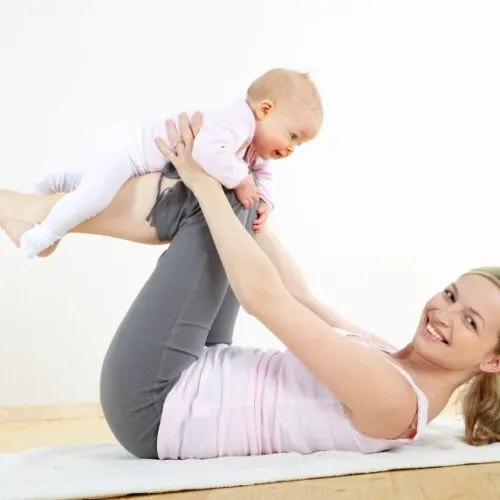A painful shoulder can cause simple daily activities such as taking a shower, getting dressed, cooking a meal, or even sleeping to become difficult and frustrating. We often don’t realize how much we use our shoulder – reaching, pulling, lifting – until we can’t.
In fact, you can move the shoulder joint in more ways than any other joint in your body. This large amount of movement also means it’s not very stable (we sacrifice stability when we gain mobility and vice versa). Because of this, it’s easy for your shoulder to go into positions that can cause stress on the muscles around it.
The muscles that support the shoulder are called the rotator cuff muscles . . . actually four muscles that connect the shoulder blade to the upper arm.
The constant, repetitive, and exaggerated movements of the shoulder over time cause these muscles to become injured, tight, and often catch on bone. Injury to these muscles are one of the most common injuries we see here in the clinic.
Many of these clients head to the doctor with shoulder pain and are given one of three options: pain medication, injection, or surgery.
We often hear of people living on pain medication in order to make it through a day work day or workout. They are concerned, because over time this could negatively affect their overall health.
If avoiding medication, you may be offered a local anesthetic or cortisone injection that will likely provide immediate relief. However, this is only temporary. It only masks the problem if nothing more is done.
If a rotator cuff muscle is actually torn, you may be told your shoulder pain can only be fixed by surgery. But, I wouldn’t immediately book the operating room.
It’s been reported that approximately 50% of patients with rotator cuff tears are relieved of pain and regain use of their shoulder through non-surgical methods of treatment.
Opting out of surgery does not mean letting the pain go away on it’s own. If you have had pain in your shoulder for more than 2 weeks, it’s not likely to disappear.
It’s going to require some work . . . but it will be worth it!
Here are 5 first steps to natural rotator cuff recovery:
1. Initially avoid overhead activities
Overhead activities place the shoulder in its most vulnerable position. The muscles around the shoulder tighten up to protect it. This is counterproductive to decreasing inflammation and healing the muscle.
2. Stretch
You must stretch all your shoulder muscles. This loosens the joint up and increases the space for your rotator cuff muscles to work. In addition, loose and relaxed muscles are less likely to be injured.
3. Strengthen
Once you stretch the muscles of the shoulder, we have to strengthen them. This includes the muscles in between the shoulder blades that pull your shoulders back and give them the support they need.
4. Improve posture
Posture is critical to relieving any type of shoulder pain. Poor posture over works and stretches the muscles. In addition, upper back muscles that help support the shoulder become weak in this position.
Every time you feel yourself slouching stop and pull your shoulders back and squeeze those shoulder blades together.
5. Interrupt the pain cycle
Often times, stretching and strengthening isn’t possible because of the severe nature of pain. Treatments including taping, manual therapy, massage, or reeducation of the muscles are needed to break the pain cycle.
Pain is a signal that something is wrong and not to be ignored. It must be addressed first to safely begin moving the joint freely. A experienced orthopedic manual therapist can most efficiently get you on the road to pain free recovery.
Just imagine what your life could be like if your shoulder pain was gone. Could you do your job pain free? Could you lift your grand kids easily? Could you finish that workout at the gym that you have been unable to do? This pain free life is possible without medications or surgery.


